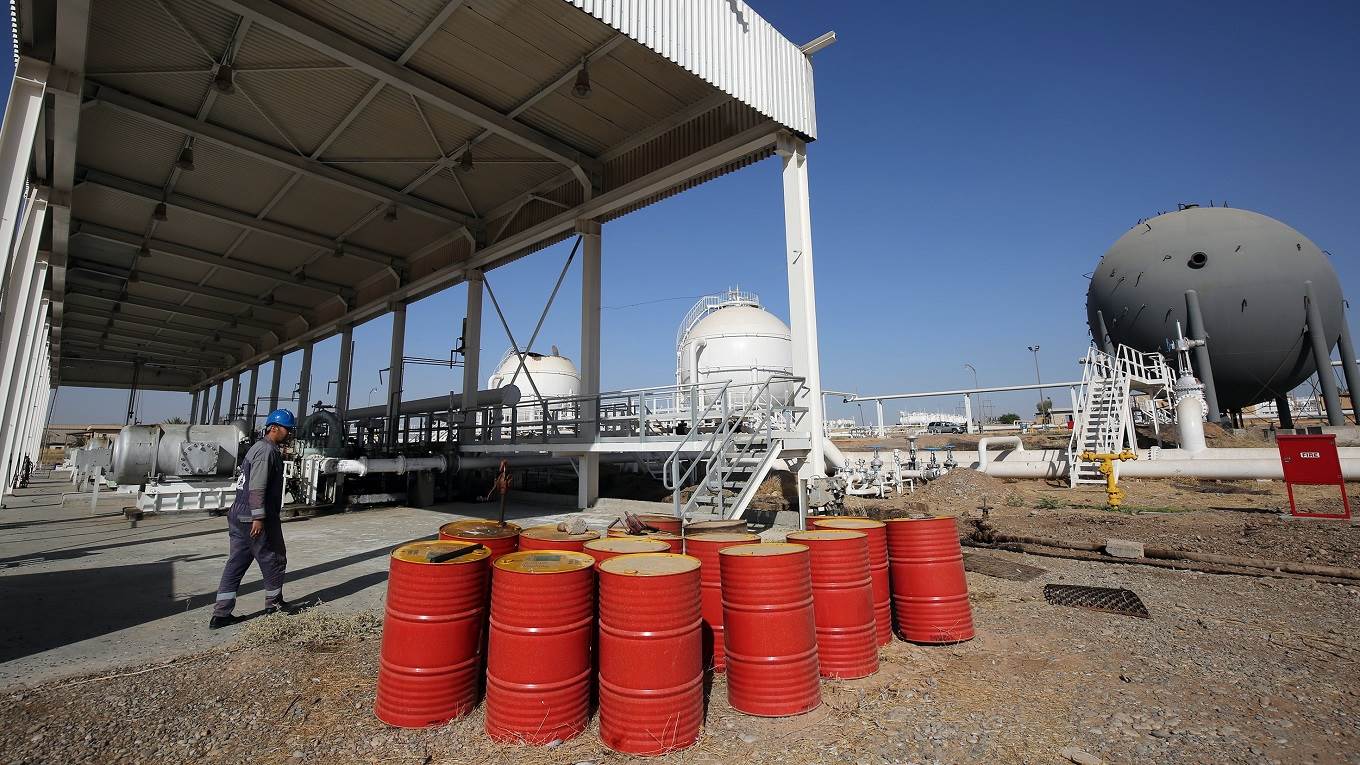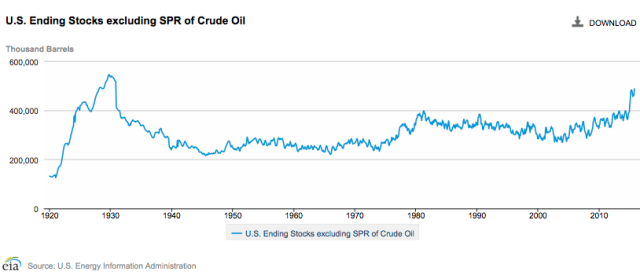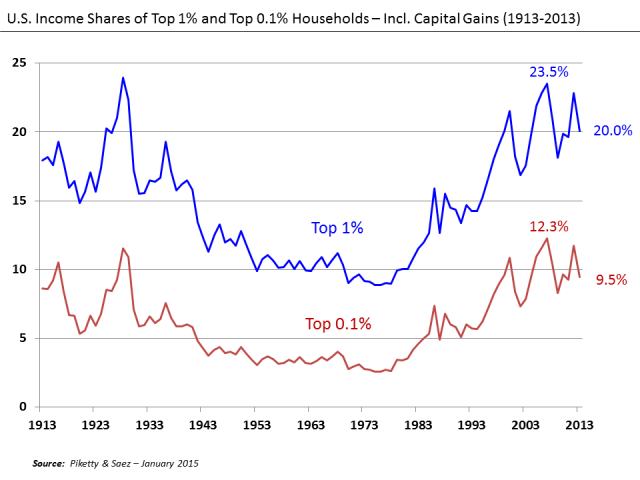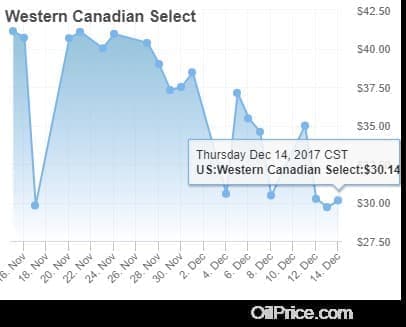Oil prices are now as high as they have been for three years. At this writing, Brent is $74.14 per barrel and West Texas Intermediate is at $68.76. These prices aren’t really very high, if a person looks at the situation from a longer term point of view than the last three years.
There is always a question of how high oil prices can go, and for how long.
In fact, we have many resources, of many kinds, whose prices of extraction keep rising higher. For example, obtaining fresh water for the world’s population keeps getting more and more expensive. Some parts of the world need to resort to desalination.
The world economy cannot withstand high prices for any of these resources for very long. Certainly, it cannot withstand high prices for a combination of necessary resources, because people need to cut back on other purchases, in order to afford the necessities whose prices are rising. This article is a guest post by another actuary, who goes by the pseudonym Shunyata. He explains in a different way why high resource prices cannot last, whether they are for oil, or natural gas, water, or even fresh air.
Dear Readers:
As you are no doubt aware, Gail has created a fantastic portfolio of blogs that explore our energy/financial/economic system, blogs that reveal many hidden or misunderstood aspects of our situation. I have found these discussions invaluable and share them wherever I am able; to solve our societal problems we need to develop a societal understanding of these issues.
…click on the above link to read the rest of the article…





















LONDON – Writing about oil prices is always risky. In a January 2015, I suggested that oil prices would not continue to fall, and even predicted that they would “finish the year higher than they were when it began.” I was wrong then; but I might not be wrong for much longer.
I recently spoke at the massive Abu Dhabi Petroleum Exhibition and Conference (ADIPEC), which is a kind of Davos for oil-market participants. While there, I caught the tail end of a discussion among senior oil executives who all agreed that at this time next year, crude oil will still be around $60 per barrel, as it is today.
I was about to be interviewed by the CNBC reporter Steve Sedgwick, to whom I said, “That would be a first. Oil prices hardly moving in a year?” Needless to say, Sedgwick began the interview by telling the audience what I had said, and quizzed me on why I disagreed with the others.
Before I get to my explanation, let me state the usual caveats. Forecasting oil prices is inevitably a fraught endeavor; in fact, it makes forecasting currency markets look easy. When I completed a doctorate on oil markets in the late 1970s and early 1980s, I had already concluded that trying to guess oil prices is a waste of time and energy. Later, when I was at Goldman Sachs, I was often amused to see commodity analysts in my research group struggling to cope with the usual chaos of oil-price developments.
…click on the above link to read the rest of the article…